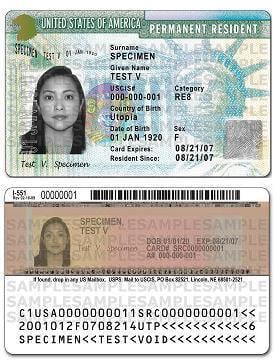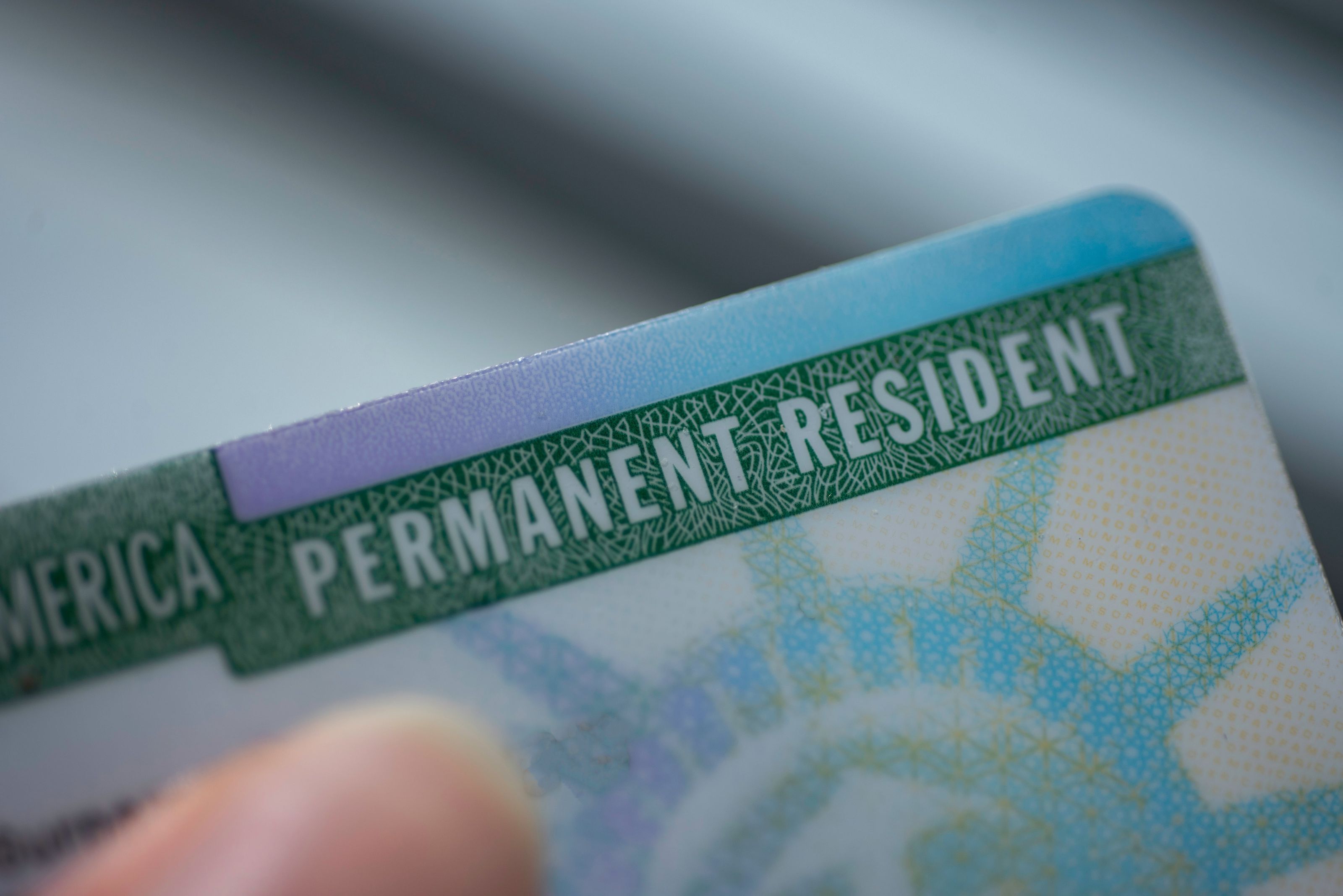
.svg)
As part of its justification for cutting family-based immigration, the Trump administration frequently praises countries — especially Canada, Australia, and New Zealand — that allocate a higher percentage of their own green cards based on economic factors.
While it’s certainly true that these countries offer a lower proportion of family-sponsored green cards compared with skills-based green cards, this observation obscures another important fact: All of these countries provide far more green cards on a per-capita basis compared with the United States.
Among the world’s wealthy countries, the United States provides the most green cards per year on an absolute basis, but among the fewest per year on a population-adjusted basis.
{{newsletter-component}}
By this measure, Canada and Australia offer permanent residency to well over twice as many immigrants compared with the United States — and for New Zealand that figure is more than triple.
Therefore, if the United States truly wanted to emulate Canada’s immigration system, we would only tip the scales toward skills-based immigration after more than doubling the number of available green cards each year. The result would be a big boost in skills-based green cards, but no major change in family-sponsored green cards.
<iframe scrolling="no" frameborder="0" height="282" style="width: 100%; min-width:100%;" data-no-lazy="1" class="perfmatters-lazy" data-src="//datawrapper.dwcdn.net/Xzq2r/" src="//datawrapper.dwcdn.net/Xzq2r/"></iframe><noscript><iframe src="//datawrapper.dwcdn.net/Xzq2r/" scrolling="no" frameborder="0" height="282" style="width: 100%; min-width:100%;" data-no-lazy="1"></iframe></noscript>In other words, if the United States welcomed as many immigrants as Canada, Australia, and New Zealand — for a country of our size — we could comfortably increase the share of green cards based on skills and employer needs, without telling U.S. citizens and permanent residents that they can't live here with their families.
Learn more in our 2019 family-based immigration report.
MORE INFORMATION ABOUT FAMILY-BASED IMMIGRATION:
Trump Administration's Plan Would Drastically Reduce Family-Sponsored Immigration
Wait Time for Some Green Card Categories Could Be 100 years Plus
Family-Sponsored Immigrants Better Educated Than Native-Born U.S. Citizens
Map of Family-Sponsored Immigrants In the United States
Nearly 4 Million People Waiting For Family-Sponsored Green Card
Spouses and Children of Green Card Holders Sometimes Wait Years to Live Together In U.S.
Majority of Immigrants Obtain Green Card Through Family
Wait Times for Family-Sponsored Green Cards Have Nearly Doubled
.png)
.png)
.png)








.svg)
.avif)